THE TIJUANA TAXI: UNDER CONSTRUCTION
Mon, 2010-02-08 14:40
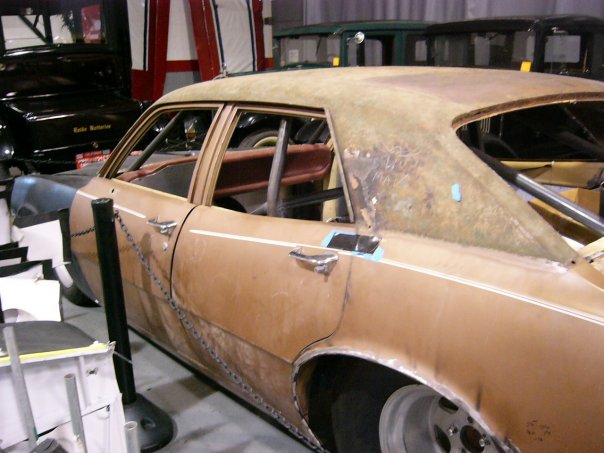 Susan Roush-McClenaghan isn't just the daughter of auto racing kingpin Jack Roush. Like her father, she's a racer.
Susan Roush-McClenaghan isn't just the daughter of auto racing kingpin Jack Roush. Like her father, she's a racer. She is also heavily involved in the effort to restore one of her dad's most famous race cars: A four-door 1974 Ford Maverick nicknamed “The Tijuana Taxi”.
Before Roush became one of the most successful team owners in NASCAR, he worked as an engineer with partner Wayne Gapp in the early 1970s in the NHRA, IHRA and AHRA. The duo competed under the name Gapp and Roush and one of their cars that Gapp drove was “The Tijuana Taxi”.
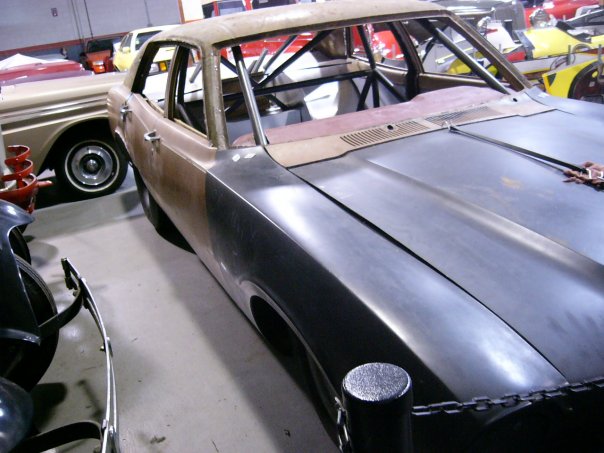
Susan Roush-McClenaghan isn't just the daughter of auto racing kingpin Jack Roush. Like her father, she's a racer.
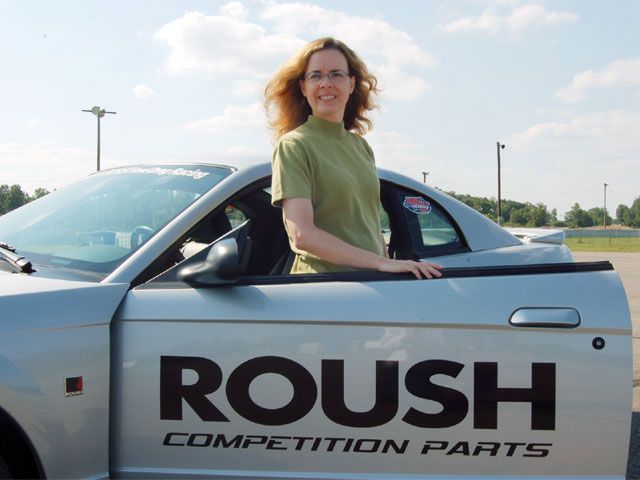
Susan Roush-McClenaghan is heavily involved in the effort to restore one of her dad's most famous race cars: A four-door 1974 Ford Maverick nicknamed “The Tijuana Taxi”.
She is also heavily involved in the effort to restore one of her dad's most famous race cars: A four-door 1974 Ford Maverick nicknamed “The Tijuana Taxi”.
Before Roush became one of the most successful team owners in NASCAR, he worked as an engineer with partner Wayne Gapp in the early 1970s in the NHRA, IHRA and AHRA. The duo competed under the name Gapp and Roush and one of their cars that Gapp drove was “The Tijuana Taxi”.
The Tijuana Taxi was built primarily as a loophole car. At the end of the 1974 season, the NHRA was besieged with an onslaught of Ford Pintos and Chevrolet Vegas. The only cars Chrysler had to compete with these shorter wheelbase cars were their lumbering Plymouth Dusters and Dodge Demons. Chrysler subsequently lobbied the NHRA for a more favorable weight break and got it.
Months prior to the 1975 season, the NHRA announced a weight break for the longer wheelbase cars, not just the Chrysler combination, dropping them to 6.45 pounds per cubic inch.
The rule change inspired many of the leading Ford drivers to revert to their older 1970 Mustangs, which were on the edge of the five-year body rule at the time. Gapp and Roush saw their greatest challenge as time, and not elapsed time. Their 1970 Mustang would have required a from-scratch re-construction, a 60-day minimum job, time they just didn’t have before the start of the 1975 season.
Gapp and Roush found and purchased a Don Hardy-built 1974 two-door Maverick, removed the body, acid dipped and lengthened the rear of the frame and mounted a four-door body.
The car earned the nickname “Tijuana Taxi” after someone made the comment that the car looked like a Mexican taxicab. In the days when the Maverick was created, a sponsor on the side of the car didn’t carry nearly as much value as a good nickname.
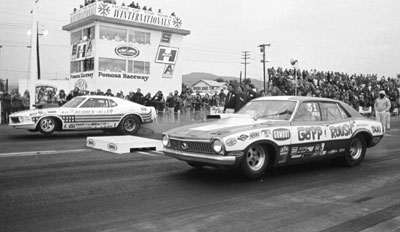
The Tijuana Taxi, near lane, debuted at the 1975 NHRA Winternationals with a runner-up finish to Bob Glidden in his 1970 Mustang. Because of a pounds-per-cubic-inch weight break favoring longer wheelbase cars, many of the Ford teams abandoned their Pintos for 1970 Mustangs, a car on the edge of the five year body rule. Gapp & Roush considered a 1970 Mustang but since it would have taken 60 days to complete, instead bought a two-door Maverick and made it a four-door.


As great as the story is, “The Tijuana Taxi” no longer exists and the only parts that Roush-McClenaghan was able to obtain was the car's original wheels.
“The original car was wrecked in a pit accident shortly after it was sold. It ended up in a salvage yard out east and it rotted to nothing,” said Roush-McClenaghan, who competes in the NMRA Keystone Automotive Ford Nationals drag racing series.
Even though the original body is long gone, Roush-McClenaghan won't have to start her restoration project from scratch.
She received a letter a few years ago notifying her that a person out west had started his own restoration of “The Tijuana Taxi” and she recently bought what he started.
Roush-McClenaghan also said her father will roll up his sleeves to help her with the restoration project.
“We're going to restore the car but we're going to do it right,” Roush-McClenaghan said.
Once the restoration project is completed, Roush-McClenaghan doesn't see why the “Tijuana Taxi” wouldn't be considered to mass passes on the drag strip again.
“I can't say that it won't. We want to take the time to put it together and that will be a consideration,” Roush-McClenaghan said.
Roush-McClenaghan also said the restoration project will include installation of the power plant the “Tijuana Taxi” originally had: a 351-cubic inch Cleveland.
“This was a very historically significant car,” she said. “They took a car with the longest wheelbase, which was the four-door Maverick, and the rest, as you know, is history.”
For the record, the “Tijuana Taxi” competed for one season and scored six NHRA final round appearances winning three times, finishing runner-up to Bob Glidden for the championship.
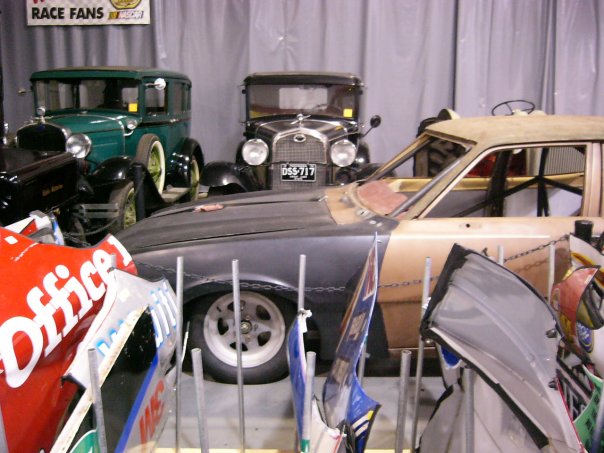
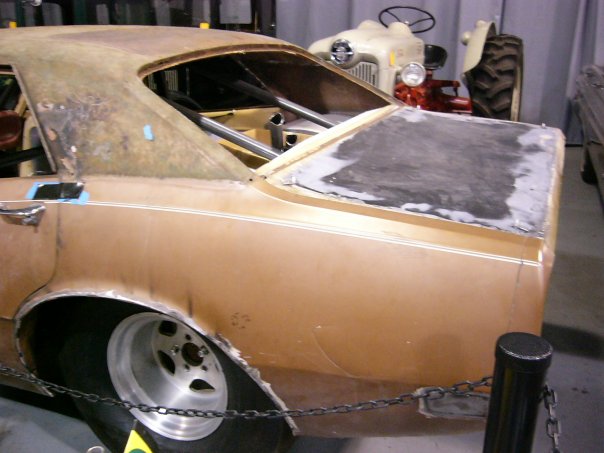
The wheels remain the only original part of the car salvaged after a pit accident in the 1970s.
Categories:





































